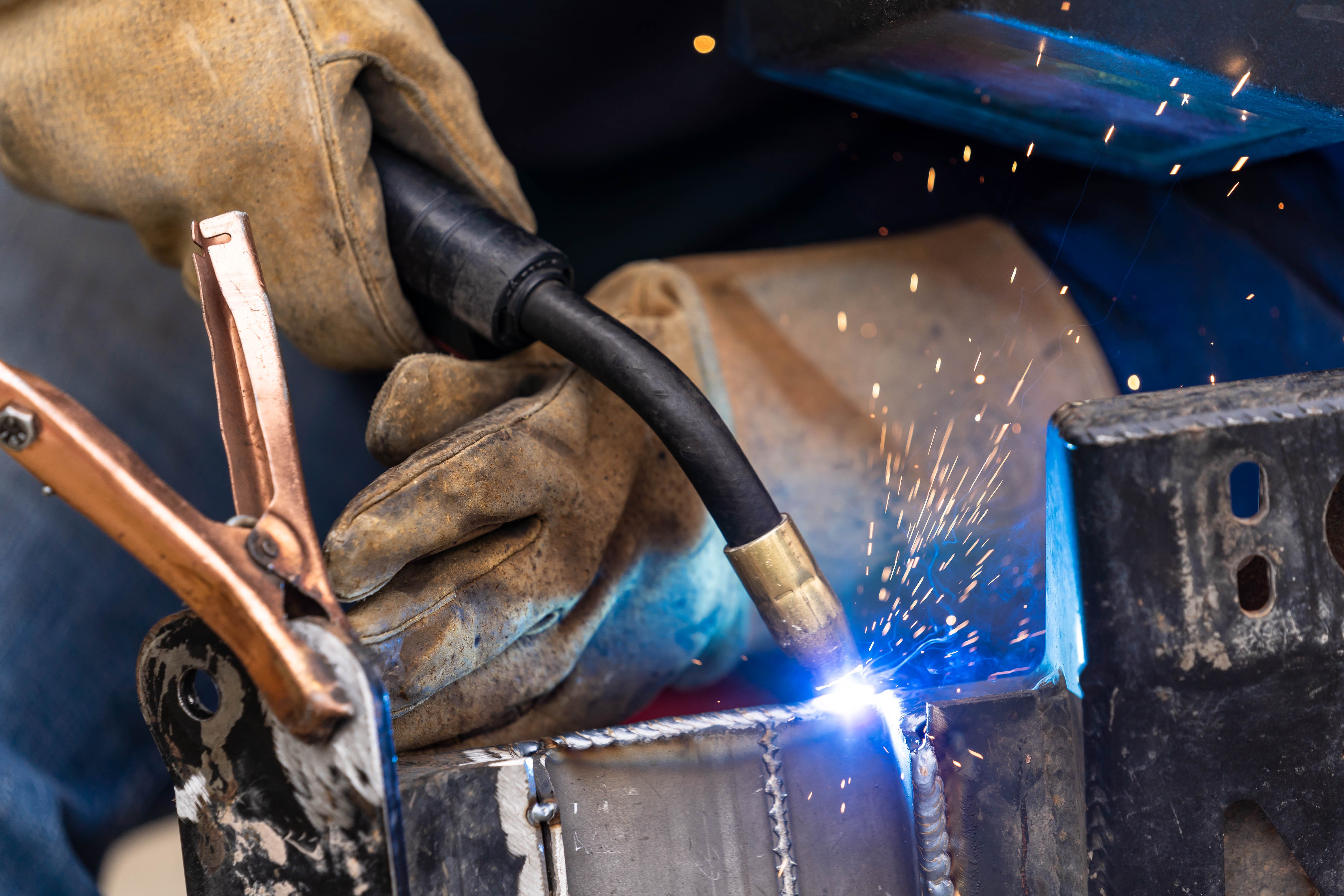Optimizing Your Welding WPS: Techniques for Improved Performance and Performance
Optimizing Your Welding WPS: Techniques for Improved Performance and Performance
Blog Article
The Ultimate Overview to Welding WPS Procedures: A Thorough Review for Welders
In the elaborate world of welding, Welding Treatment Specifications (WPS) serve as the foundation of guaranteeing quality, consistency, and safety in welding procedures (welding WPS). As we dig right into the different components of a WPS and explore the intricacies of certification and qualification, we will certainly reveal the vital role these procedures play in the realm of welding.
Importance of WPS Procedures
Understanding the importance of Welding Treatment Requirements (WPS) procedures is vital for ensuring the top quality and stability of welded structures. WPS procedures function as a roadmap for welders, detailing the required steps, parameters, and materials required to accomplish an audio weld. By sticking to WPS standards, welders can ensure uniformity in their work, causing trustworthy and structurally audio welds.
One of the main factors why WPS procedures are necessary is their role in preserving weld high quality and stability. Complying with the defined welding parameters and strategies described in the WPS assists prevent problems such as porosity, fracturing, or insufficient fusion, which can jeopardize the toughness and longevity of the weld. In addition, WPS treatments are important for ensuring conformity with industry criteria and codes. By following well-known WPS guidelines, welders can show that their work meets the needed needs for safety and security and top quality, offering assurance to customers, inspectors, and governing bodies. In essence, the significance of WPS procedures can not be overstated, as they are fundamental to attaining constant, top quality welds that fulfill market criteria and specs.

Parts of a WPS
A Welding Treatment Requirements (WPS) usually consists of important elements that information the particular needs for executing a weld, ensuring consistency and quality in the welding process. The key parts of a WPS consist of vital variables such as base metals, filler metals, preheat and interpass temperatures, welding procedures, securing gases, welding placements, and post-weld warmth treatment needs.
Base metals refer to the materials being joined, while filler steels are used to fill the space between the base metals throughout welding. The welding procedure details the particular method to be made use of, whether it's gas metal arc welding (GMAW), protected metal arc welding (SMAW), or one more technique. Welding placements specify the alignments in which welding can be done.

Qualification and Certification
Having developed the vital parts of a Welding Treatment Requirements (WPS), the emphasis currently moves towards the critical facets of certification and accreditation in welding methods.

Certification, on the various other hand, is the official recognition of a additional info welder's credentials by a pertinent certification body or organization. Welding accreditations are typically based upon the specific welding processes, products, and placements a welder is certified to deal with. Holding a legitimate welding accreditation demonstrates that a welder satisfies market requirements and is experienced to execute welding tasks to the needed specifications.
Producing a WPS
To establish a Welding Treatment Requirements (WPS) that fulfills market standards, careful consideration of welding processes, materials, and operational criteria is crucial (welding WPS). The very first step in producing a WPS is to identify the welding procedure to be used, such as gas metal arc welding (GMAW) or protected metal arc welding (SMAW) As soon as the welding process is figured out, the next important element is selecting the appropriate materials, considering aspects like base steel kind, thickness, and joint layout. Operational parameters such as welding current, voltage, travel speed, and protecting gas structure have to also be diligently specified in the WPS.

Executing and Checking WPS
Upon settling the thorough Welding Procedure Requirements (WPS) that diligently details welding processes, products, functional criteria, and quality control measures, the focus changes to successfully carrying out and keeping track of the well-known treatments. Execution involves making sure that all welders associated with the task recognize with the WPS and follow it meticulously during the welding procedure. This requires providing appropriate training and guidance to guarantee adherence to the defined treatments. Monitoring the WPS entails continuous oversight to verify that welding tasks line up with the recorded specifications. Examinations, testing, and quality control measures are crucial components of the tracking procedure to identify any concerns or variances without delay. Normal audits and reviews of the welding procedures aid in maintaining uniformity and quality throughout the project. Efficient execution and monitoring of the WPS are crucial for guaranteeing the integrity, stamina, and security of the bonded joints, ultimately contributing to the total success of the welding job.
Final Thought
Finally, understanding and complying with Welding Procedure Specs (WPS) is important for welders to guarantee high quality, uniformity, and security in their job. By recognizing the components of a WPS, acquiring proper credentials and qualifications, developing detailed procedures, and carrying out and monitoring them successfully, welders can enhance their skills and efficiency in welding techniques. Sticking to WPS procedures is vital for producing high-quality welds and conference sector criteria.
In the complex globe of welding, Welding Procedure Specs (WPS) serve as the foundation of making certain high quality, consistency, and security in welding operations. The welding process details the certain strategy to read review be utilized, whether it's gas steel arc welding (GMAW), secured steel arc welding (SMAW), or another method.To establish a Welding Treatment Spec (WPS) that meets industry standards, cautious factor to consider of welding processes, products, and functional criteria is crucial. The first step in developing a WPS is to determine the welding procedure to be made use of, such as gas metal arc welding (GMAW) or shielded steel arc welding (SMAW)Upon wrapping up the detailed Welding Treatment Specification (WPS) that diligently information welding processes, materials, functional specifications, and top quality guarantee procedures, the focus changes to successfully implementing and keeping track of the well established treatments.
Report this page